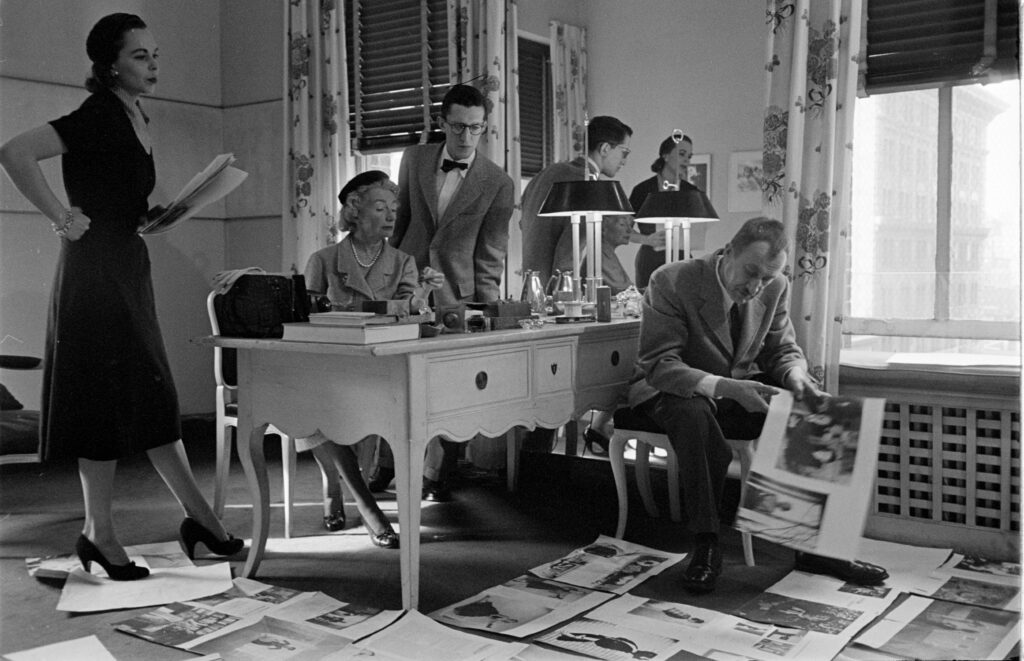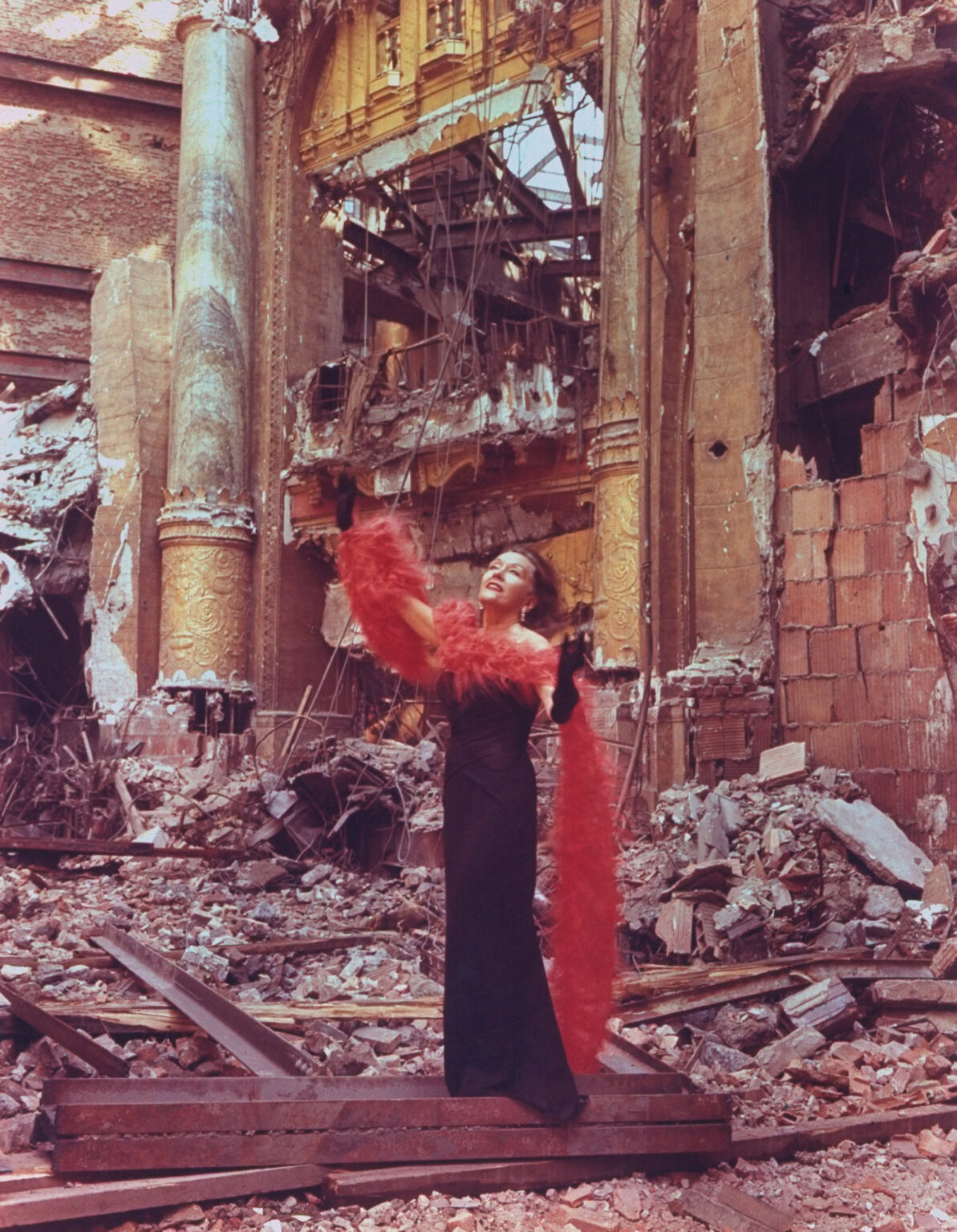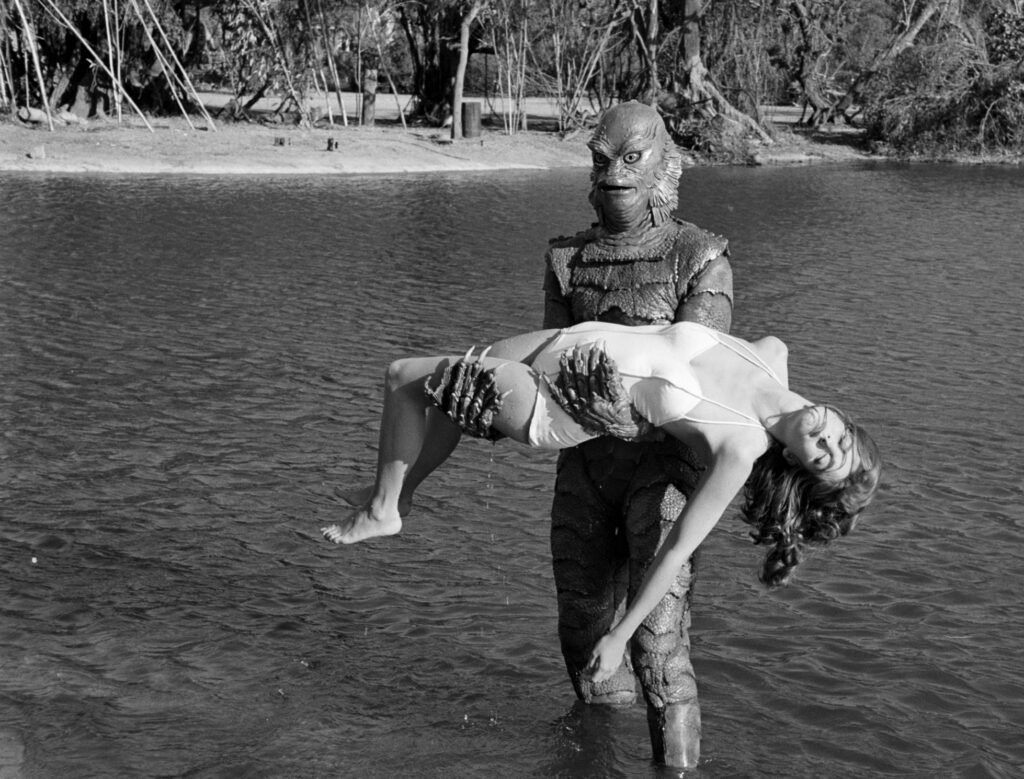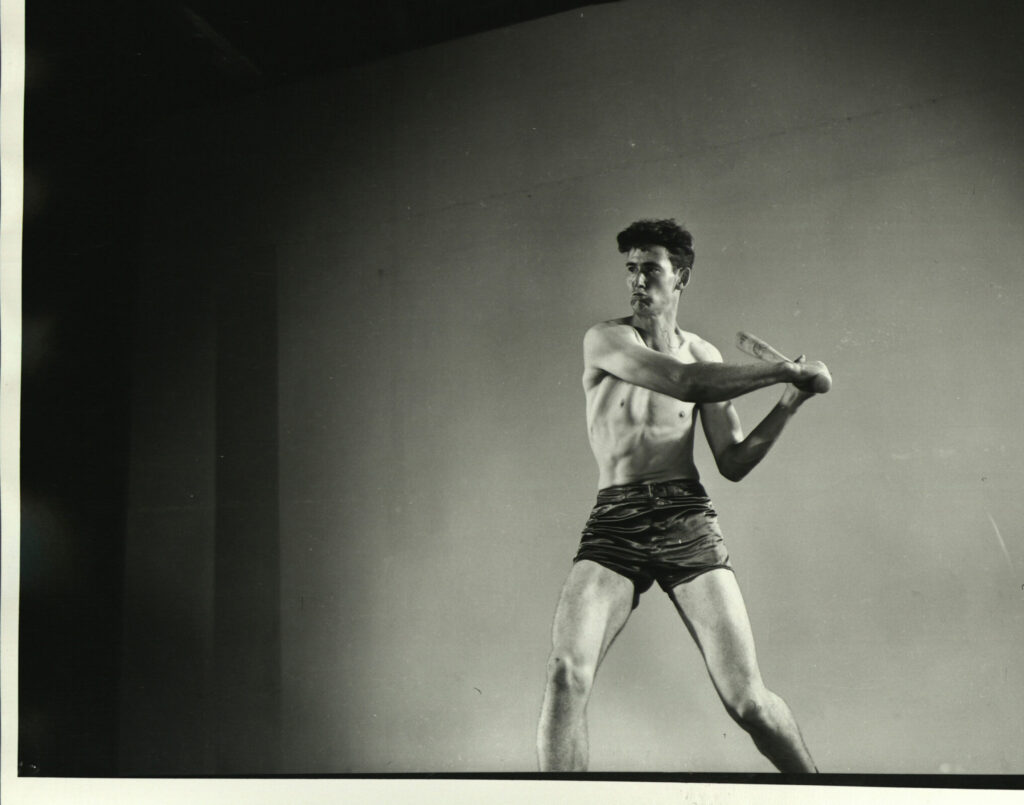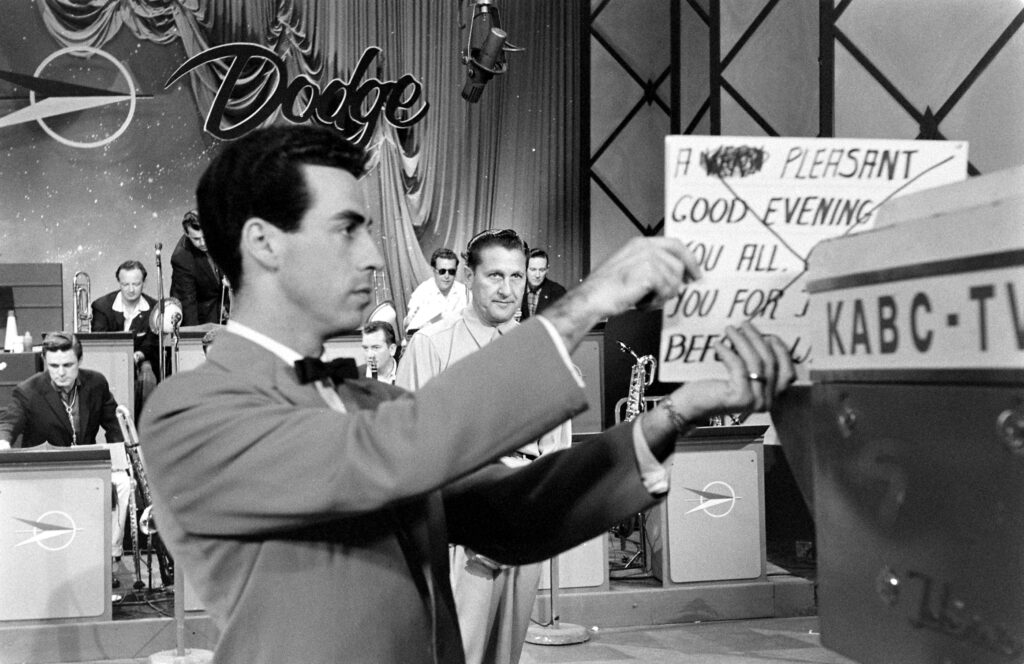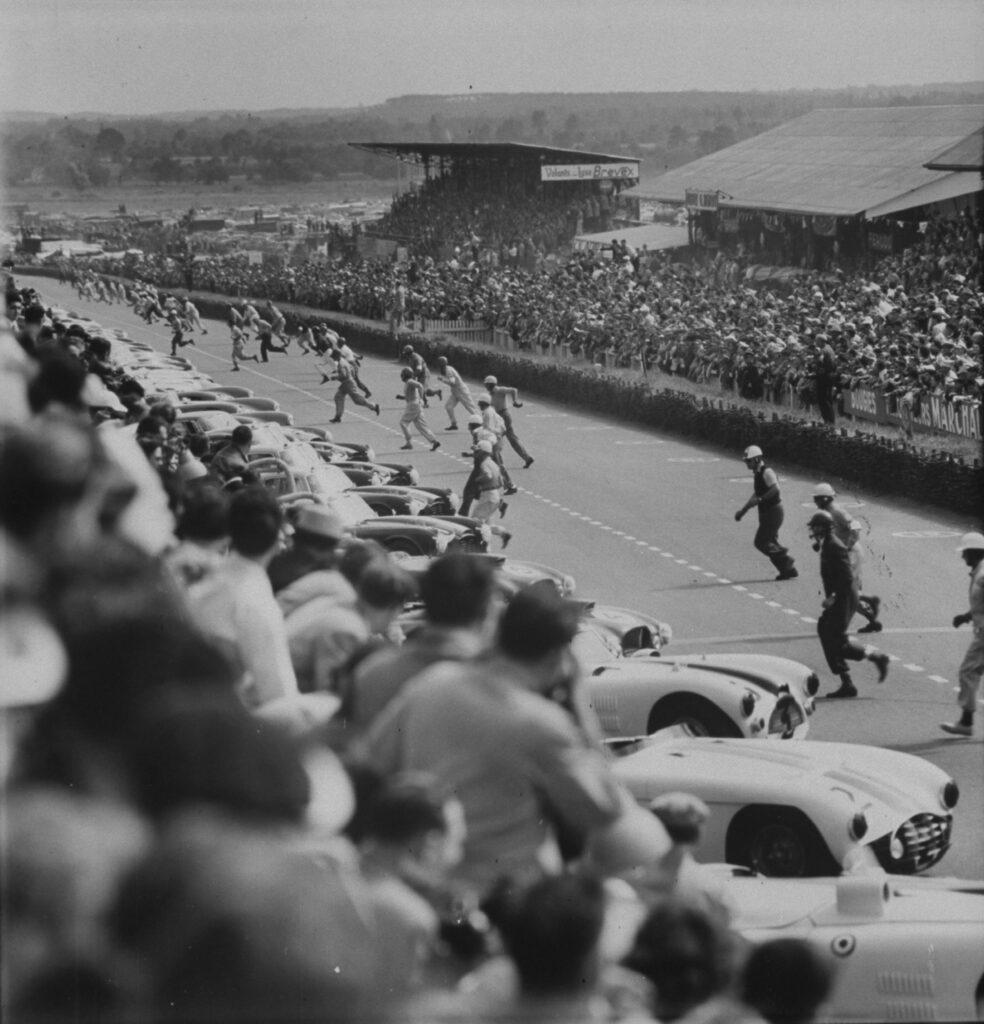Evelyn Floret’s most outstanding trait as a photographer may well have been her ability to put her subjects at ease. She shot portraits for PEOPLE magazine from 1976 to ’96, and Floret says that the magazine often chose her for an assignment when they thought the subject might need a photographer with a gentle touch. “I’m a sensitive person, I’m appreciative,” Floret says. “I’m not critical. I have a positive outlook and an appreciation for people, and that would translate into how I would behave on an assignment.”
Indeed, Floret’s subjects look like they are posing before someone who they believe appreciates them and will take care of them.
Floret may have been able to connect with her subjects, most of whom are creative types, because she is an artist herself. In addition to being a photographer, she practices other visual arts, most notably sculpture. She says her interest in sculpture was an outgrowth of her portrait photography .
And Floret came to photography with a rich life experience. She was born in Paris in 1936, and four years later she and her parents had to flee that city when Germany invaded France. After moving from town to town for a year, she and her family sailed from Portugal to the United States, settling in St. Louis in 1941. Her nationality remained in important part of her identity. During World War II her family would host weekly brunches for French soldiers stationed at nearby Scott Air Force Base, where radio operators and technicians were trained. After Floret graduated college, her first professional work was teaching French. It tells you much about her convivial personality that, all these decades later, she is still in touch with some of her former students.
Floret, deciding she wanted an artistic life, later moved to New York. She briefly attempted to become an actress before finding her calling in photography. A couple LIFE photographers played key roles along the way. One of her formative experiences was taking a class at the New School with Phillipe Halsman. and it was John Dominis who helped pave her entry into the magazine world while he was working at PEOPLE.
Soon she was shooting photos of all sorts of artists, from Lynda Carter to Margaret Atwood.
In more than a few of Floret’s photos, she had the stars pose with their pets. For example, actress Nancy Marchand, who at the time was on the television show Lou Grant and would go on to play Olivia Soprano in The Sopranos, held her dog up close to her face. “The animals brought the pictures to life because the people loved them so much,” Floret said. “That was the case with Nancy Marchand.”
Floret has been reflecting on her career lately because she is currently in the process of completing a book that compiles her favorite photographs from her years with the magazine. Looking at all the portraits she shot of such talented and accomplished people has filled her with appreciation and wonder.
“I just treasure the people that I photographed,” she says. “I am reliving the joy of the result of the experiences, and I feel appreciation for the generosity of the editors who gave the assignments, and the people who allowed me into their private lives to take these very personal photographs.”
Enjoy this selection of images from Floret that highight both the range of people she photographed and also the quality of her artistry.

Author Alex Haley writing as he sits in rocking chair on porch of house on his farm. Floret described Haley as “a treasure’ and said that she loved his quote, “If i knew what success would bring, I would have been typing faster.”
Courtesy of Evelyn Floret

Actress Nancy Marchand with her dog in 1982, when she was a regular on the television show “Lou Grant.”
Courtesy of Evelyn Floret

Gloria Vanderbilt in 1979. After trying shots with the models facing forward, photographer Evelyn Floret asked the models to turn around. “She was like a little flower with that pink satin blouse in the center of it all,” Floret said. “I knew i had the picture when i saw that.”
Courtesy of Evelyn Floret

Lynda Carter of Wonder Woman fame and Robert Altman enjoyed a picnic on the banks of the Potomac in 1983. They married in 1984, and remained together until his death in 2021. Floret says, “They were very much in love. It was a joy to be around them.”
Courtesy of Evelyn Floret

For a story on George Way, an expert antiques collector who also worked at a deli counter, Floret photographed him in the bed in which he sleeps, an Elizabeth I from 1571. At the time of the shoot, in 1991, the bed was valued at $400,000.
Courtesy of Evelyn Floret

Martha Stewart posed outside of her Connecticut home in 1987, when she had just come out with a book on wedding cakes.
Courtesy of Evelyn Floret

Martha Stewart in 1987. Floret described Stewart as “delightful, compassionate, appreciative, kind, soft-spoken, and humble.”
Courtesy of Evelyn Floret

Author Margaret Atwood in her Toronto home with her cat Fluffy, 1989. “She was dazzling to me,” Floret said. “But I never felt intimidated by anyone I photographed. I just had this desire to do the best I could by them.”
Courtesy of Evelyn Floret

Harvey Fierstein with cast members of La Cage aux Folles, a show that he wrote, in 1984. He brought cast members to a studio at 18th and Broadway to be photographed. “That’s an example of the effort people made to give me a great photo,” Floret said.
Courtesy of Evelyn Floret

George Shearing, the blind jazz pianist, rode with his wife Ellie in Central Park, 1979. After the photo shoot Shearing sent Floret a thank you note written in Braille.
Courtesy of Evelyn Floret

Attorney Roy Cohn, 1984. For Evelyn Floret this was the rare case of her photographing an individual with a notorious reputation, and that influenced the resulting photo. “Having him in that setting seemed appropriate,” she said. “It was just like a mixed message. You could draw your own conclusions. Live animal and stuffed animal, animal that was made out of china.”
Courtesy of Evelyn Floret

Midori in 1981, at age 11. Later that year, at a New Year’s Eve concert, she would perform a solo with the New York Philharmonic. She went on to become a great performer and advocate for music education.
Courtesy of Evelyn Floret

Hugues de Montalembert was a painter who lost his sight after being attacked during a burglary in his New York apartment. He then turned to writing. Floret captured his spirit by photographing him riding a horse on a Long Island beach. Another horseman rode just out of view to guide De Montalambert along. Floret says, “I was nearly in tears while capturing this photo.”
Courtesy of Evelyn Floret














